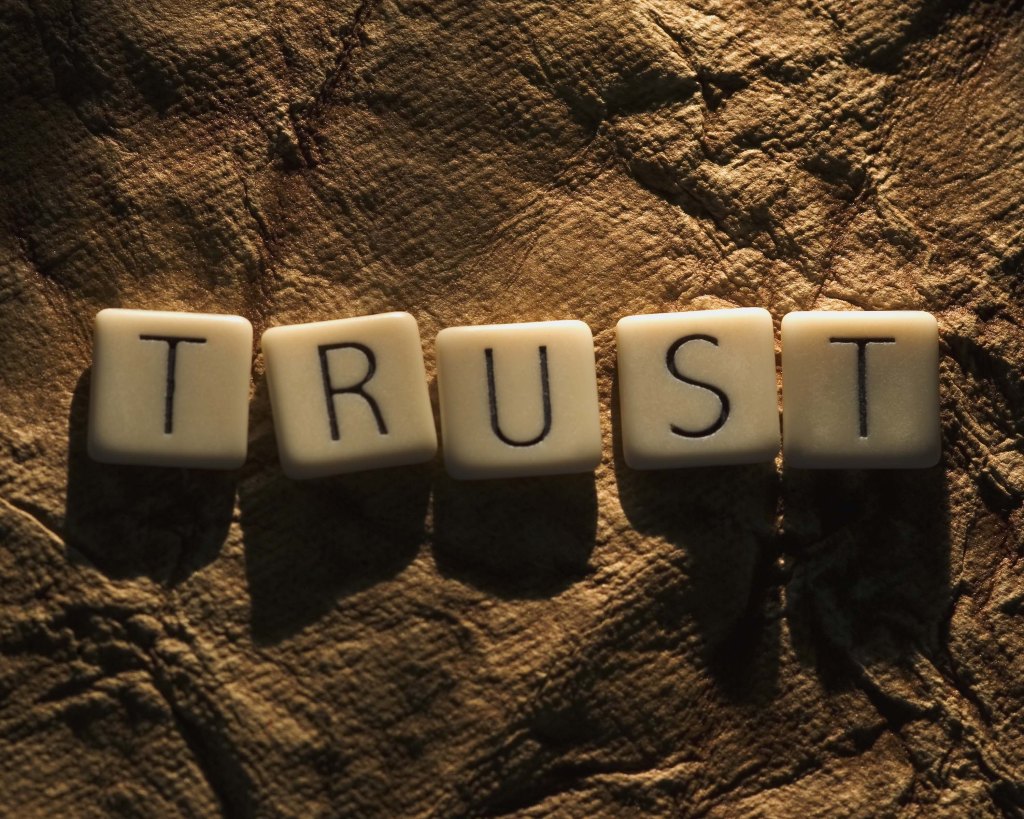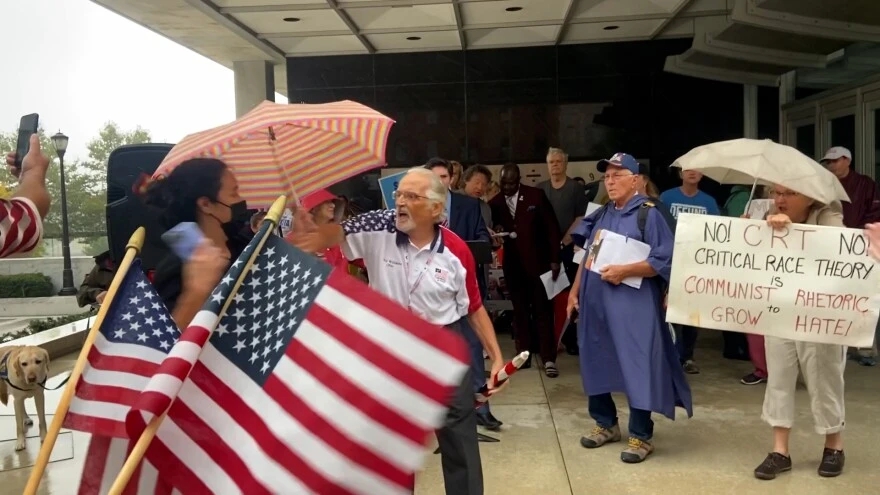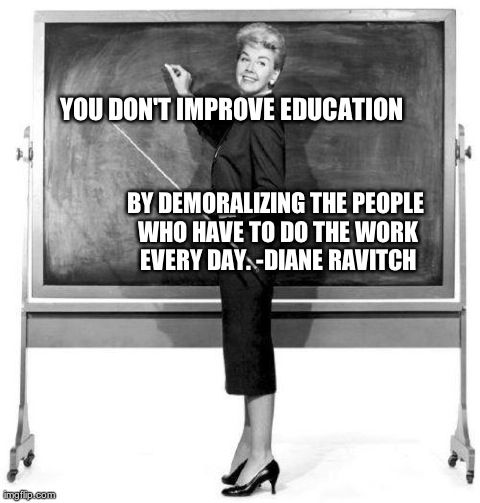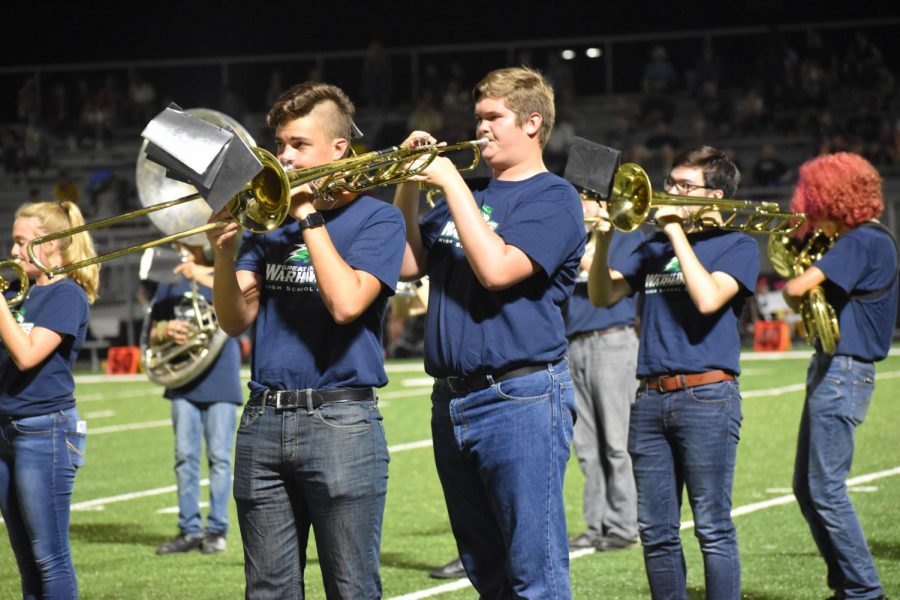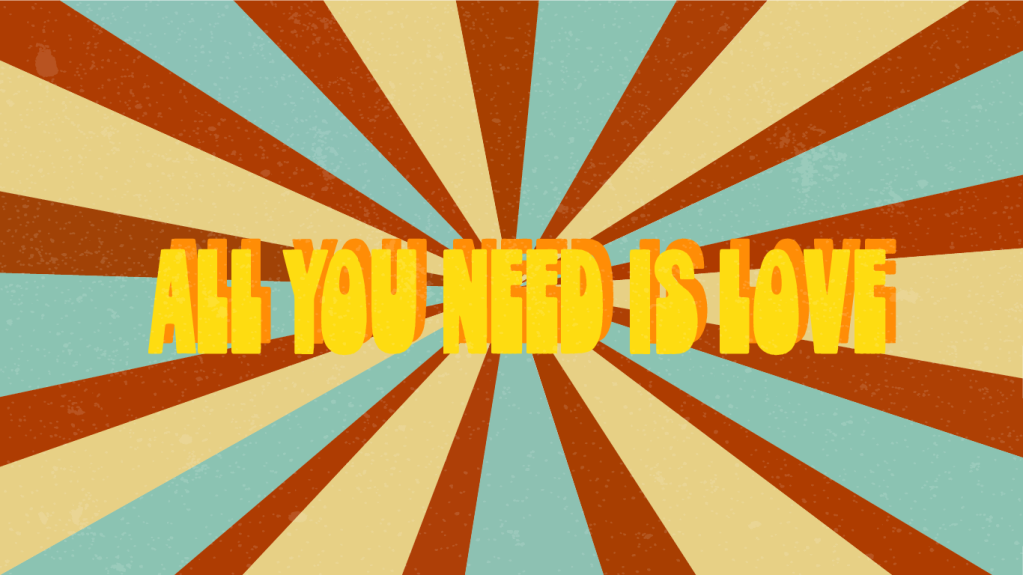One of the essential truths in getting a message across is repeat, repeat, repeat. Like the mothers of toddlers, teachers are well aware of this fundamental veracity. No matter how the message is delivered—Pay attention! I’m only going to say this once!—well, no. You’re not.
You’re going to say it as many times as it takes to sink in, and even then, compliance and understanding are iffy.
Here’s my essential truth: It’s been close to 1500 days since the arrival of the COVID-19 pandemic in the United States. And we still haven’t perceived just how transformative it was, dealing with a global threat while trying to keep the things we value most safe. Those things being our health and well-being, our children and families, our communities and livelihoods.
Transformative is a neutral word for all the changes wrought by living through a crisis that killed an estimated seven million people, around the globe. Well over a million of those deaths have happened in the United States, making us the nation with the most COVID-19 deaths, world-wide.
That simple fact, alone—the United States, the place where we brag about having the “best” health care on the planet, was unable to suppress transmission. Once a vaccine was available—lightning fast!—getting folks to embrace medical science and stay on top of protection that might save their lives has been thoroughly politicized and divisive. Those things, on their own, were enough to make one realize that maybe our all-American political thinking was out of whack.
So I repeat: The pandemic has really done a number on us. On our economy. On our family gatherings. On what we expect from our employees, as well as our employers. On health care. On the way we feel about government. The things we value most–including our schools.
Call it The Great Re-ordering of Priorities.
It’s become a habit of mine, when reading stories about education: running the topic or issue through the filter of how they may have been impacted by the pandemic. Here’s one: absenteeism.
Student absences from school rose precipitously during the pandemic, peaking in 2021-22. Attendance rates are improving, overall, but are still higher than 2019.
What’s interesting is that schools with dismal, not-getting-better attendance rates aren’t always the ones you’d expect—absenteeism seems to be impacted by local conditions and initiatives, kids and parents re-ordering their priorities. Not up for school today? Go ahead—take a mental health day. Or five.
Schools struggling with attendance after a world-shaking event? Go figure. It’s going to take some time to fix that, and misinformation about how “unions” “closed” schools, abandoning kids to Zoom, doesn’t help. From an article on school absences, in the NY Times:
School leaders, counselors, researchers and parents…offered many reasons for the absences: illness, mental health, transportation problems. But underlying it all is a fundamental shift in the value that families place on school, and in the culture of education during the pandemic.
Re-ordering the priorities. And not in a good way.
In her excellent blog, Jess Piper talks about the decline in civility at local school board meetings, among other things, triggered by a pandemic:
Recently, I saw this bad behavior up close and personal when I attended a BOE meeting at a school district outside of St Louis. Though I had an awful interaction with a parent or two in my tenure, I hadn’t witnessed the decline in civility and the outright disrespect shown in public. The lack of couth wasn’t just reserved for teachers, but was also aimed at administrators, board members, audience members, and community members.
One of the first to speak was a woman who brought her daughter to stand next to her while mom called the Superintendent names and defamed teachers. I was upset that the young girl had to stand there while her mother went over her time, refused to stop speaking when told her time was up, and still spoke, even raising her voice, when her microphone was eventually muted. She just kept going.
How did this young girl learn to treat her teachers? She learned disrespect and inappropriate behavior will be rewarded with a slew of applause.
Bingo. All the footage of parents pushing into buildings, upset about masking or sports or vaccinations hasn’t been conducive re-building respect and trust. And trust is a core resource in successful public schools.
Lucian Truscott has a great piece (link here) on realizing, in the grocery store, that his fellow shoppers weren’t masked—that he himself, in fact, had stopped routinely masking. He acknowledged that he trusted himself and his neighbors to take responsibility for protecting themselves from COVID.
It was a nice moment for him, thinking about the word trust—how long it takes to re-build simple neighborly trust, especially when it’s been shattered by transformative events. Expecting our public institutions to remain unchanged or “bounce back” is happy talk. We’re in the midst of some pretty significant shifts.
The Spanish Flu greatly affected the world economy, wiping out large numbers of healthy 18- to 40-year-olds. In Britain, during the Summer of 1918, in a single day 80 out of the 400 workers of a spinning factory perished. In many countries which had seen their male population decimated by the war, the pandemic left even fewer young men to run the farms and factories.
The resulting labor shortage enabled workers to demand better living and working conditions, public health care, as well as better wages. These became major demands of workers not only in Europe and the United States but in many other countries around the world.
Once again: We are underestimating the impact on the nation, and especially our children. of living through a global catastrophe Let’s put our focus on the right priorities. In spite of all the challenges to public education, it’s still the best bang for your tax buck, in perpetuity. Good schools make for good communities.
Trust is a cornerstone. Repeat, repeat, repeat.
